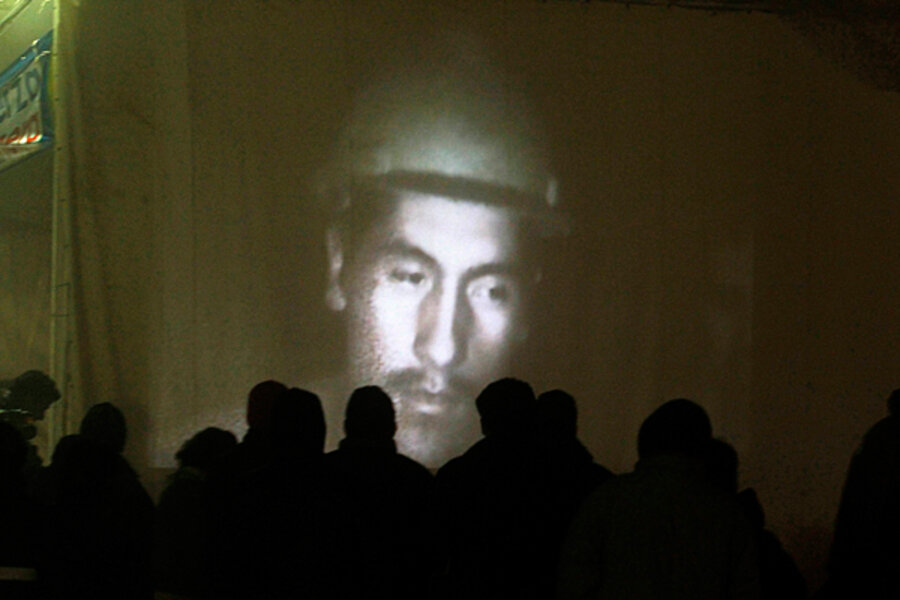How can NASA help Chile miners trapped a half-mile underground?
Loading...
| Washington
They say every boy dreams at some point of being an astronaut, but it is doubtful the 33 Chile miners trapped about a half-mile underground ever compared their gritty occupation to exploring the heavens.
Still, the fact the miners have up to four months of cramped and confined existence before they can be rescued has the Chilean government consulting the National Aeronautics and Space Administration for tips on how it keeps the astronauts who spend long periods on the space station physically and psychologically healthy.
While Chile is a world-recognized expert in mining issues, the South American country has less familiarity with the health and safety issues associated with long-term confinement that America has developed over the course of its space program, US officials say.
IN PICTURES: Chilean mine collapse
“We have a great deal of experience regarding medical, nutritional, and behavioral issues related to the space travel that we have done for decades,” said State Department spokesman P.J. Crowley at a briefing with journalists Thursday. “[We] are providing that perspective to Chile so it can develop a program for helping to sustain these miners in the coming weeks and months before they can be rescued.”
Among the advice space and other experts are already providing the Chilean government: Have the miners develop a routine, including work, exercise, recreation, and rest; take steps to help the men maintain some sense of time and the passing of night and day; and foster their sense of connection to the world they’ve left behind by encouraging written, verbal, and video contact with families and by communicating the triumphs and defeats of favorite sports teams.
While keeping the miners’ spirits high is important, one of the worst mistakes authorities could make would be to opt for over-optimism instead of reality when it comes to informing them of the time frame for their rescue, says one American astronaut who knows something about extended confinement and complex rescues.
“The biggest mistake you could make right now is over-promising,” former NASA astronaut Jerry Linenger told the Reuters news agency from Cape Canaveral, Fla. “The key is to not say it’s going to take two months when it’s going to take four.” Mr. Linenger survived a fire and 132 days on the Russian space station Mir before he and two Russian crewmates could be rescued.
Chilean officials have not yet informed the miners of the months they will need to endure before a rescue shaft can be drilled and a cage lowered to pull them to the surface.
In the meantime, the Chilean government says it is already heeding the advice of astronauts and submarine sailors it has consulted, and it is planning to make the miners’ months ahead as normal as possible.
Lighting in the small, humid space where the men are holed up will be varied to accommodate sleeping hours, and card games will be sent down. Also, the men will be encouraged to celebrate any of their colleagues’ birthdays that occur over the coming weeks.


